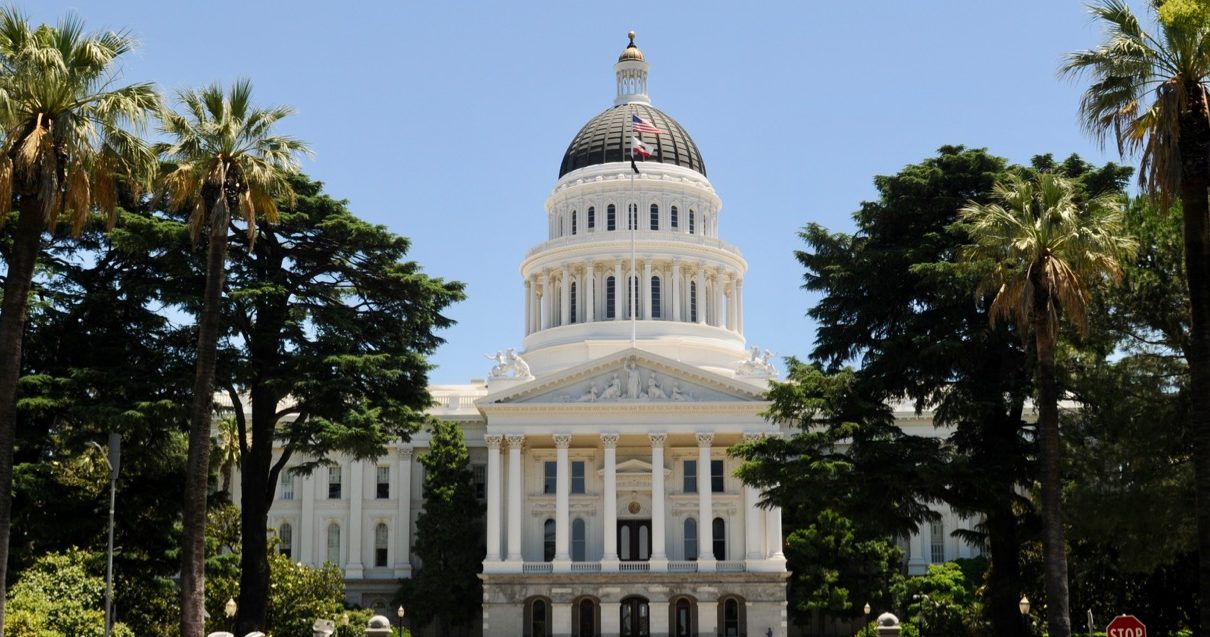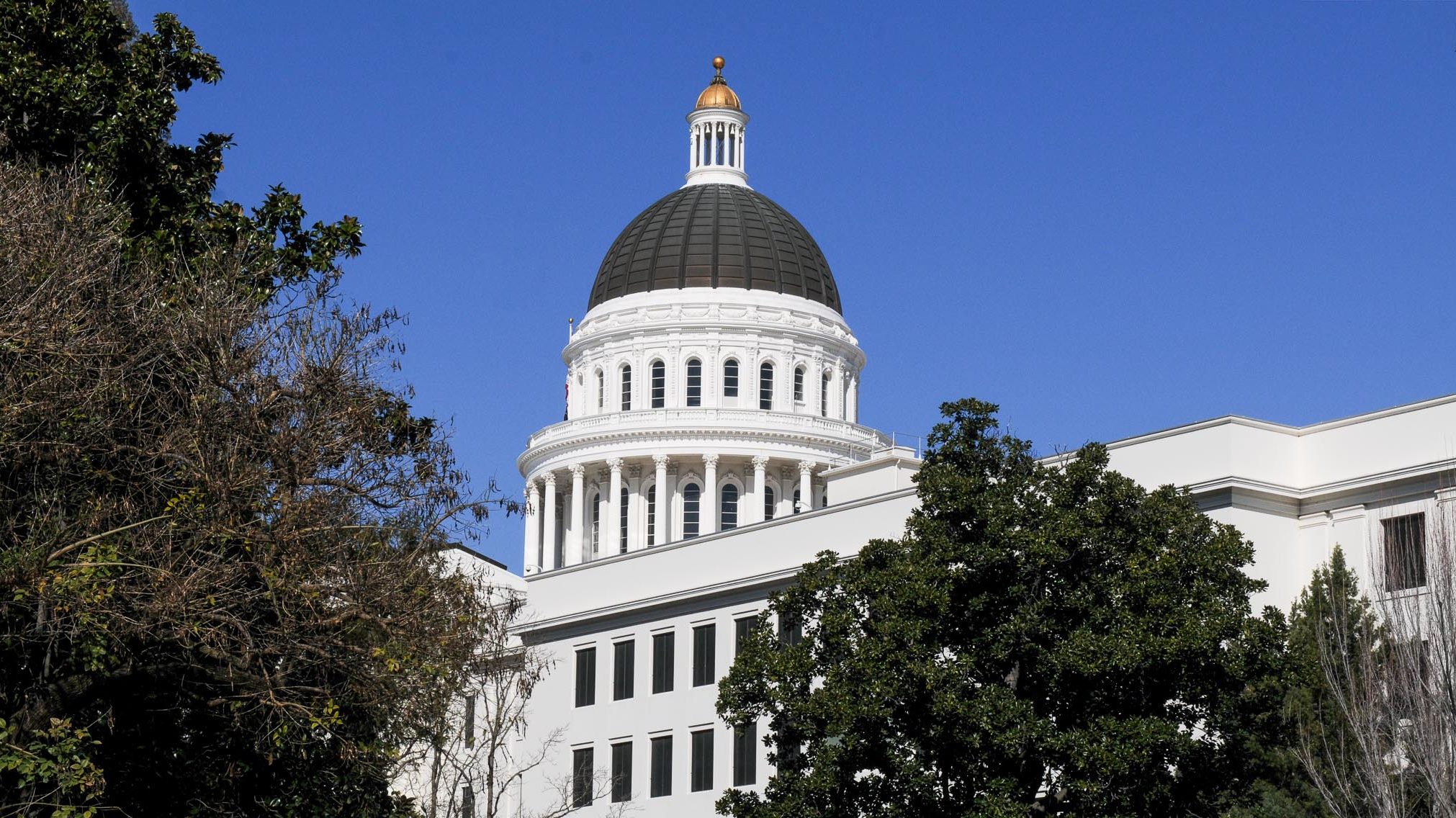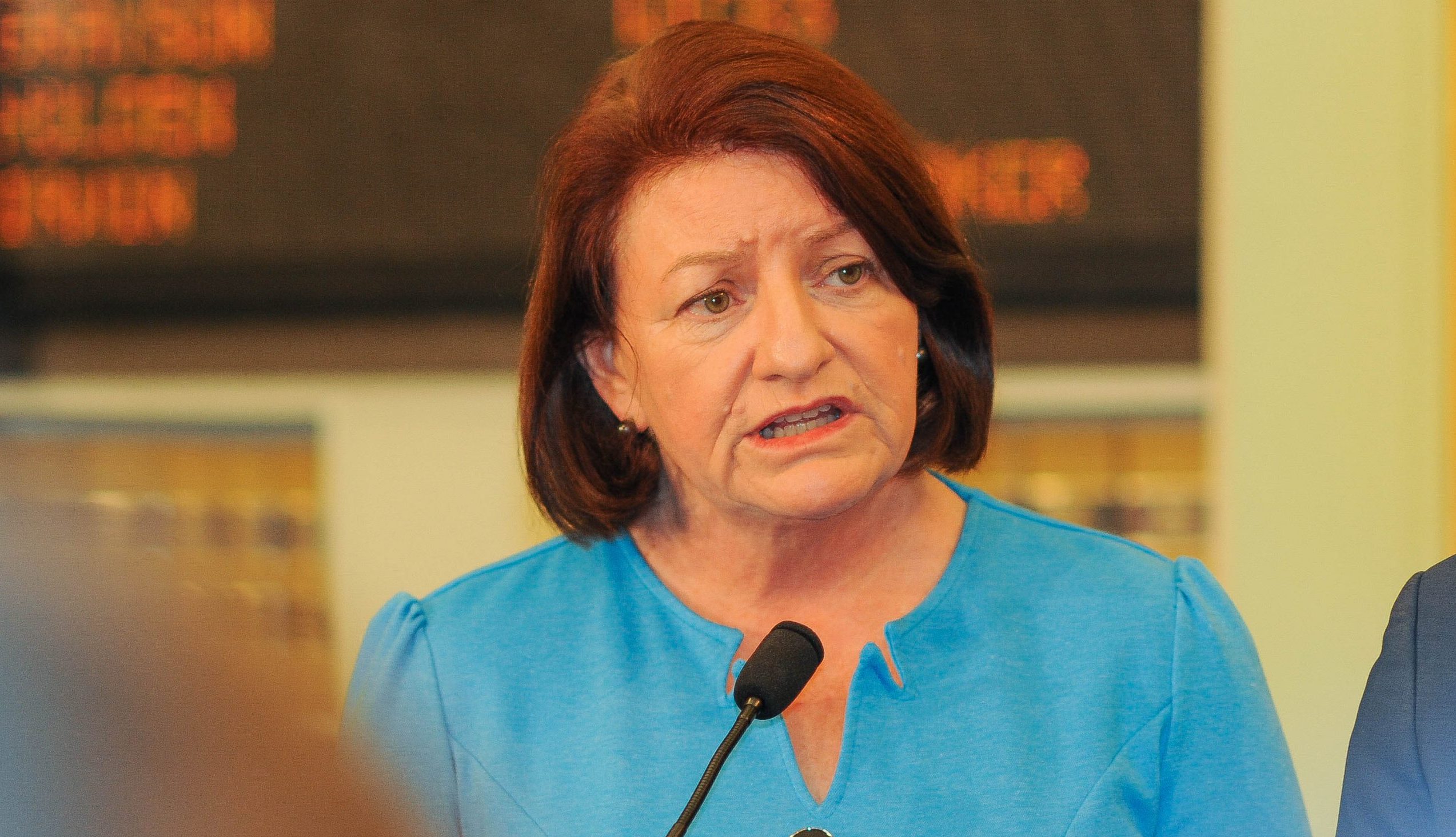
California State Capitol. (Photo: Kevin Sanders for California Globe)
California Senate Releases State Budget Proposal Relying on Tax Increases and Reserves
Senate reverses Newsom budget cut proposals, increases spending on healthcare, education
By Evan Symon, May 28, 2020 4:15 pm
On Wednesday, the California Senate unveiled their own budget, stopping cuts made in Governor Gavin Newsom’s budget proposal in favor of relying on reserves and tax increases.
Increased Senate education funding
The Senate followed the Assembly’s lead earlier this week in calling out the Governor over his revised 2020-2021 budget proposal. But while the Assembly held a special hearing instead of giving a proposal, the Senate skipped over specific hearings and released a budget plan first.
Public education spending is the largest difference between the two budget proposals. Under Newsom’s plan, billions would be cut from K-12 public schools and community colleges.
Teacher unions and school districts have been vigorously opposed to that part of the plan, as billions in cuts would mean mass teacher layoffs and school closures across the state.
“We estimated how much our district would likely lose,” said “Alice,” an administrator for a school district in Riverside County. “It’s horrifying. Classes would have to be overcrowded, a lot of teachers and staff would go, and it would all just be cut down to the bone.”
“It’s not pretty, and it would be detrimental to education.”
The Senate plan would boost funding for schools by around $8-9 billion through deferred payments, a strategy involving schools spend money now by borrowing or spending savings, with the state paying them back a year later.
The state has done this before in past economic downturns and budget crises, but never so much at once. Former Governor Jerry Brown’s administration managed to defer $10 billion in education payments during the 2010’s, but that amount had been built over several years. The 2020-2021 budget would have $8-9 billion occur all at once.
Governor, Senate differences in health care spending
Health Care was the other contentious budget point.
Newsom’s plan severely cuts health care spending. While some parts were withdrawn after public outcry, such as starting a program to give Medicaid eligibility for illegal immigrants who are 65 years old and above, other cuts were planned. This included limiting Medicaid eligibility and reducing funds for at-home assistance to keep older Californians out of nursing homes.
The Senate plan would keep these programs and would even expand Medicaid to include vision and dental. The Senate would also revive the illegal immigrant Medicaid plan but not enact it until 2022.
The issue of the coronavirus pandemic also had slightly different approaches. While Newsom asked for another $2.9 billion to be set aside in case of an autumn resurgence, the Senate added a caveat saying that they would control that spending.
Senate outlines how programs would be paid for amid declining tax revenue
Both Newsom and the Senate made clear that the budget cuts would only happen if the state will not be receiving additional federal funds this year. Newsom’s plan has a receiving deadline of July 1st before cuts are made, while the Senate plan gives an October 1st date. While some experts have said it is unlikely that Congress would authorize any more state funding by those dates, the California Senate Budget and Fiscal Review Committee saw otherwise.
“There is growing confidence that the federal government will act and the trigger solutions contained in the Senate Version will not be implemented,” noted the Committee in a memo.
The Senate’s budget plan has already been criticized for its higher spending by many tax groups. The Senate did include how each would be paid: Increased education spending would use more money from state reserves and use the delayed school payments to allow extra time for tax generation. However, the Senate failed to say how the one year delayed school district payments would be paid next year, as California is projected to be in a deficit until at least 2024. Governor Newsom did list some revenue generation ideas in his version of the budget, but it’s unknown if they could be applied in the Senate budget to help pay for schools, if enacted at all.
“It’s more than a little worrying that both proposals are so willing to use reserves rather that focus more on solutions,” said accountant and analyst Fred Williams. “But there’s a health crisis, an economic crisis, a stunted tax revenue, and a budget deadline only weeks away. Plus the Legislature was out of commission for two months while the Governor kept spending large amounts of money. It’s a mess right now.”
“Kudos to them, they are mainly focusing on the most important and pressing issues, but that’s no excuse for fiscal irresponsibility.”
The Senate Budget and Fiscal Review Committee will vote on their budget proposal on Thursday, with the Assembly expected to release their plan within a week.
The state budget is due June 15th. If not in by then, all state Legislators would forgo their yearly salary by state law.
- Bill to Require Law Enforcement Disclosure if AI Was Used To Help Write Reports - August 7, 2025
- Gov. Newsom Files FOIA Request To ‘Expose True Cost’ Of L.A. Federal Troop Deployment for Anti-ICE Riots - August 6, 2025
- California Redistricting: How Newsom’s Plan Will Demolish Hard Fought GOP Gains - August 6, 2025





And the exodus from California will accelerate…
Legislators’ salaries will be protected. But no other State workers.